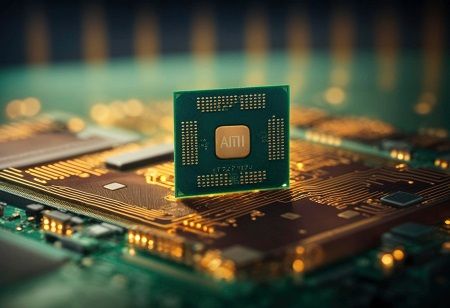
On Wednesday, Samsung unveiled an updated roadmap for its most advanced chip nodes tailored for AI applications. The South Korean tech giant also introduced a new turnkey service designed to leverage its diverse chip business areas, aiming to attract companies like Nvidia and AMD to utilize its foundry services for AI chip production.
This announcement marks a strategic shift for Samsung Foundry, the company’s contract chip-making unit, towards focusing on AI and high-performance computing (HPC) chips rather than processors for mobile devices. Over the past year, Samsung Foundry’s AI sales have surged by 80%, reflecting significant progress in diversifying its customer base and application areas to meet evolving market demands. Samsung noted its goal to derive over 50% of its foundry revenue from sources other than mobile technology.
During the Samsung Foundry Forum held in San Jose, themed "Empowering the AI Revolution," Samsung showcased its new 2-nanometer (nm) and 4nm process nodes, named SF2Z and SF4U, respectively. The SF2Z node incorporates a backside power delivery network (BSPDN) into the conventional 2nm node (SF2), positioning the power rails on the backside of the wafer. Traditionally, all components in a chip, such as memory, logic, and power rails, are located on the front side of the wafer. However, placing the power rails on the backside enhances power efficiency, performance, area (PPA), and reduces voltage drop. This technology is also being developed by other contract chip makers, with Intel calling it PowerVia and TSMC referring to it as Super PowerRail for their respective 2nm or smaller node chips.
The SF2Z node, aimed at high-performance computing and AI chips, is scheduled for rollout in 2027. Samsung previously announced that the SF2 node would launch in 2025, indicating a steady progression towards more advanced chip technologies. The forum highlighted Samsung's commitment to driving innovation in AI and HPC chip manufacturing, positioning the company as a formidable player in the rapidly evolving semiconductor industry.
We use cookies to ensure you get the best experience on our website. Read more...